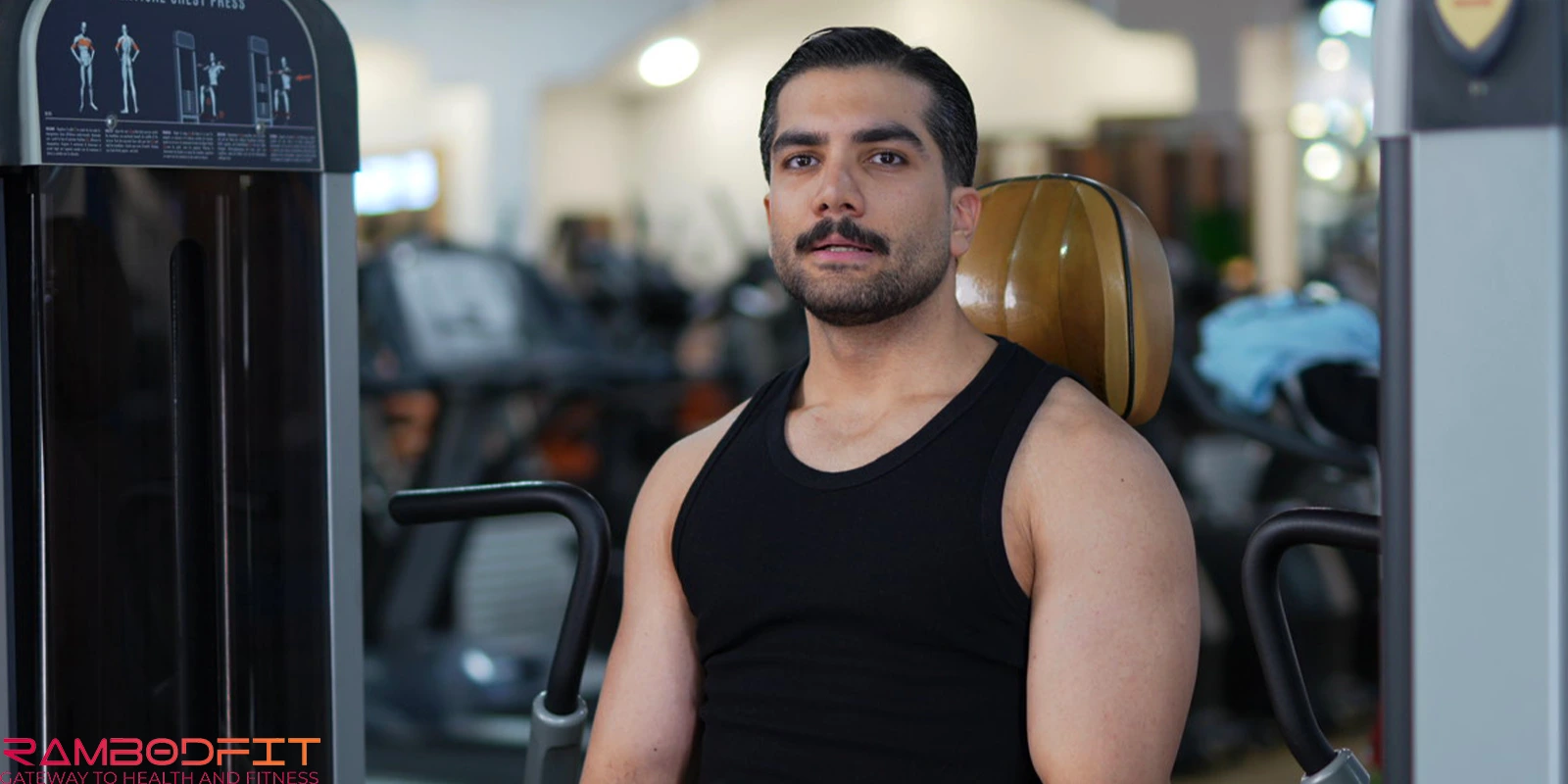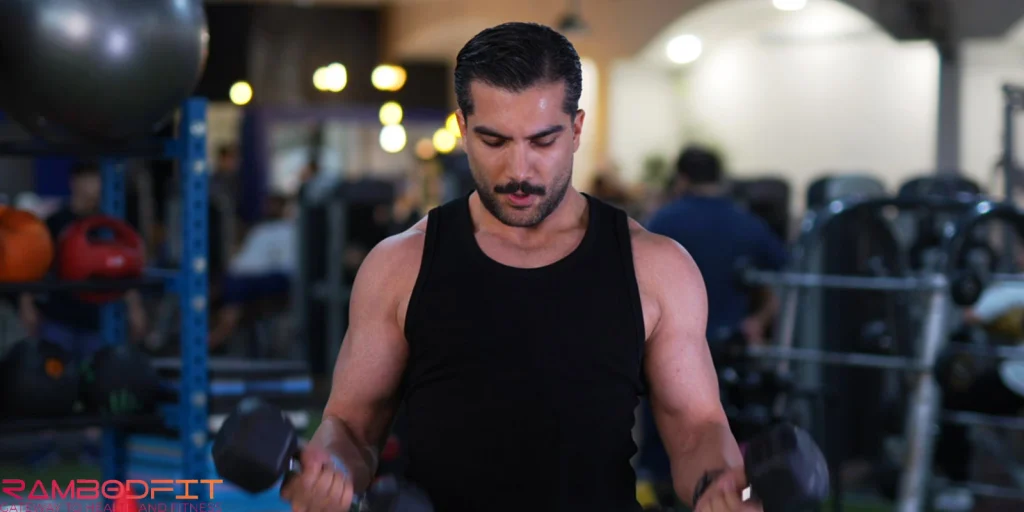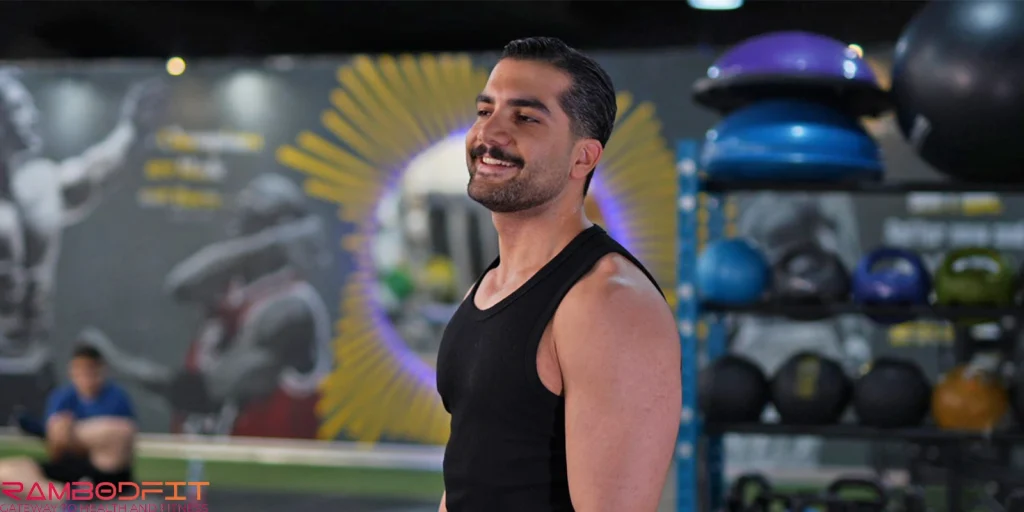


Let’s be real: every dude (and hey, plenty of ladies too) who’s ever picked up a dumbbell dreams about rocking those thick, sculpted arms. Natural, juiced, whatever—doesn’t matter. People want biceps that scream, “Yeah, I lift.” Now, here’s the raw deal nobody wants to admit: there isn’t some “worst” biceps move that’s totally useless, and there sure as hell isn’t a “best” one that’ll blow your sleeves out by next week. Stop hunting for that magic bullet—every curl, press, and fly does something. Just, you know, some hit harder than others, especially when we’re talking about scientifically ranked biceps exercises.
What actually makes one move better than the next? It’s not just gym bro folklore—it’s all about leverage, baby. Shoulder angle, elbow position, whether you’re standing, sitting, hanging upside down like a bat… all that jazz changes how your biceps get hammered. Some lifts put your biceps in a sweet, stretched position that makes them work overtime. Others? Eh, not so much, which is why scientifically ranked biceps exercises matter when you want the truth beyond gym myths.
So, here’s what we’re gonna do at Rambodfit: break down the biceps exercises that slap, the ones that are just… meh, and the ones that are basically arm-day filler. Yeah, I’ll throw in some science, but also my own war stories from the gym trenches—so you’re not just getting another dry, cookie-cutter list. Get ready for some hot takes and maybe a little gym humor, all tied back to scientifically ranked biceps exercises so you actually know what works.
Table of Contents

Biceps—yeah, those show-off muscles—aren’t just for flexing when you catch your reflection (although, let’s be real, who hasn’t?). They actually do a ton of heavy lifting—literally. Whether you’re grinding out rows and pull-ups, hauling a mountain of grocery bags in one trip because you refuse to make two, or wrangling a couch through a doorway, those guns have your back. Strong biceps pull their weight (pun intended) in almost every upper-body move, and they make your arms look pretty damn good while they’re at it—especially when you focus on scientifically ranked biceps exercises.
You wanna know the real deal with killer biceps exercises? It’s all about that glorious pre-stretch before you even flex. Seriously, the best biceps moves get your muscle stretched out—then BAM, you squeeze. Science backs this up, too (yeah, I’m nerding out). Training while your muscles are already in a stretched spot? Turns out, that’s a jackpot for muscle growth. Tension goes up, and your arms get swole. Simple math—and it’s exactly why scientifically ranked biceps exercises put so much emphasis on stretch-focused movements.
When I ditched the classic barbell curls for stuff like Bayesian curls, man, it was a game-changer. My biceps burned in this weirdly satisfying way, way deeper than before. Felt like I finally unlocked that mind-muscle cheat code everyone raves about, which is why these scientifically ranked biceps exercises feel so different compared to old-school curls.
So, here’s the stuff that actually works, backed by research and a whole lotta sore arms, straight from scientifically ranked biceps exercises:
When you press your arm against the preacher bench, it stops all momentum. The stretch at the lowest point of the motion creates a strong bicep contraction. I can still recall the first time I tried single-arm preacher curls—my biceps stayed sore for days afterward, which is why they rank so high in scientifically ranked biceps exercises.
This might seem odd at first, but it’s a great move. By stepping ahead of the cable and keeping your arm just a bit behind your torso, you hold the biceps in a stretched position the whole time. Research shows that keeping muscles under extended tension plays a key role in building size, which is exactly why this one stands out in scientifically ranked biceps exercises.
Using a bench and dumbbells might be a less popular way to work out, but lying back pushes your arms into a stretched position. This creates a different kind of challenge for your biceps. At first, the movement might feel strange, but when you nail the right form, the pump you get is incredible, making it a hidden gem among scientifically ranked biceps exercises.

Not all exercises win the top prize, but that doesn’t mean they have no value. These workouts still work the biceps, though their range of motion is limited or they lack the same mechanical benefits, which is why they rank lower in scientifically ranked biceps exercises.
The classic curl works well. The straight bar, though, can put pressure on your wrists, and the tension fades at the peak. Even so, I enjoy using heavy EZ curls to overload when I feel like it.
Often referred to as the “supinating curl,” this exercise helps build the peak of the biceps. However, it does not put much strain on the muscle when stretched.
The incline dumbbell curl works better than the standard version because it gives the biceps a good stretch at the start. However, the bench angle reduces how much weight you can handle.
This targets the brachialis and forearms more than the biceps brachii. It is still good to include building balanced arm strength.
Like I mentioned earlier, no exercise is pointless. But when you look at how efficient they are mechanically, these moves put less direct strain on your biceps than the ones listed earlier, which is why they fall lower on scientifically ranked biceps exercises.
It looks cool, but it doesn’t build much tension. When I used these, my shoulders got tired more than my biceps.
Pull-ups are a solid compound movement to build overall pulling strength. However, they are not the best choice if your main aim is to target the biceps. The lats take on most of the work during this exercise.
Bodybuilders in the Golden Era made it well-known. Its distinct style stands out, though the limited movement and odd technique fail to give a good stretch or peak squeeze.
Honestly, every one of these lifts can light a fire under your biceps—some just burn hotter than others. The real game-changer? How much tension and stretch are you putting on your muscles? I mean, yeah, all that EMG nerd stuff and studies keep screaming that moves where your biceps get a good stretch (think preacher curls, those funky Bayesian curls) usually win the growth lottery, which is exactly why they top the list in scientifically ranked biceps exercises.
But let’s get real—no single move is the holy grail. Chasing that “one best exercise” is like trying to find Bigfoot. What actually pays off is mixing things up: different exercises, switching up your angles, playing with how many reps you do. Personally, anytime I mash together heavy, old-school lifts and those stretch-heavy isolation moves, my arms actually wake up and grow. Variety just slaps harder, especially when you follow the principles behind scientifically ranked biceps exercises.

Listen, every curl in the book—from the so-called “gold standard” to the ones people love to hate—has its moment. Yeah, science backs stretch-heavy curls (think: Bayesian curls, preacher curls) as champs for muscle-building, but don’t write off the other moves. Even the “meh” exercises can do some work if you’re smart about it, which is why they all have a place in scientifically ranked biceps exercises.
So, honestly, quit obsessing over finding that one holy grail curl. Mix it up. Toss different styles into your routine—each one hits your muscles a bit differently. That’s how you build arms that don’t just look pumped in a selfie, but actually have some real strength behind them, following the principles of scientifically ranked biceps exercises. Pretty simple, right?
Further Studies
https://pmc.ncbi.nlm.nih.gov/articles/PMC10587333
Not all curls are equal. Stretch-based curls work best to build muscle size, but mixing them with other types of curls adds variety and helps avoid injuries from repeated use—exactly why they’re featured in scientifically ranked biceps exercises.
Most people who lift weights need two or three moves. A solid combo might have preacher curls to stretch muscles, hammer curls to switch things up, and barbell curls to focus on strength.
Chin-ups work the biceps, but they target your back. To build bigger arms, you shouldn’t just do chin-ups. Combine them with curls that isolate the biceps.